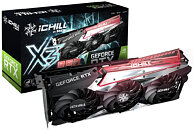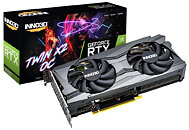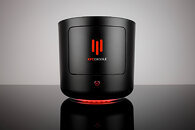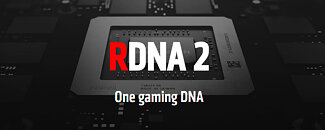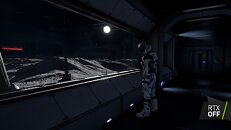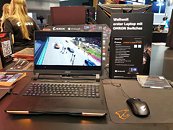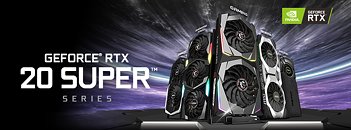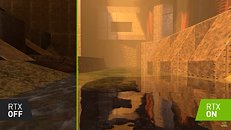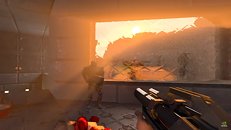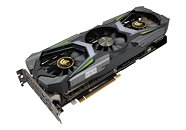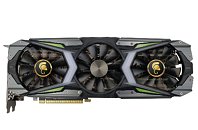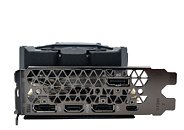
Intel Achieves Major Milestones across Automotive, PCs and Graphics
Today as part of CES 2022, Intel demonstrated advancements and momentum with Mobileye, progress toward discrete graphics leadership and the launch of the newest members of the 12th Gen Intel Core family. With these milestones, Intel furthers its commitment to enable the industry and its customers and partners to harness the technology superpowers - ubiquitous computing, cloud-to-edge infrastructure, pervasive connectivity and artificial intelligence - at the heart of the digital transformation.
During the Intel news conference, Gregory Bryant, executive vice president and general manager of the Client Computing Group, was joined by Lisa Pearce, vice president of the Visual Compute Group, and Prof. Amnon Shashua, Mobileye CEO, to share Intel's progress across multiple strategic businesses. "The Intel execution engine is back. From advancing the PC to high-performance graphics to autonomous driving solutions, Intel and Mobileye are proud to create new ecosystems and opportunities across multiple industries," Bryant said. "Together with our partners and customers, we are driving new innovation across products, platforms and services, and delivering on our vision of enabling world-changing technology that improves the lives of every person on the planet."
During the Intel news conference, Gregory Bryant, executive vice president and general manager of the Client Computing Group, was joined by Lisa Pearce, vice president of the Visual Compute Group, and Prof. Amnon Shashua, Mobileye CEO, to share Intel's progress across multiple strategic businesses. "The Intel execution engine is back. From advancing the PC to high-performance graphics to autonomous driving solutions, Intel and Mobileye are proud to create new ecosystems and opportunities across multiple industries," Bryant said. "Together with our partners and customers, we are driving new innovation across products, platforms and services, and delivering on our vision of enabling world-changing technology that improves the lives of every person on the planet."














